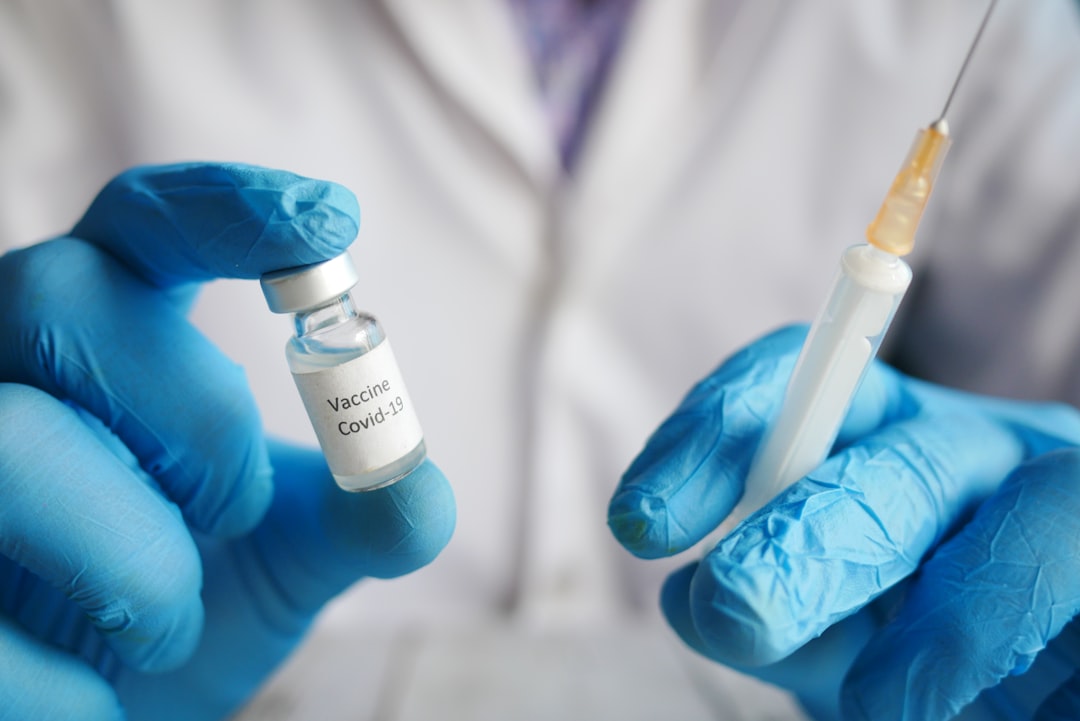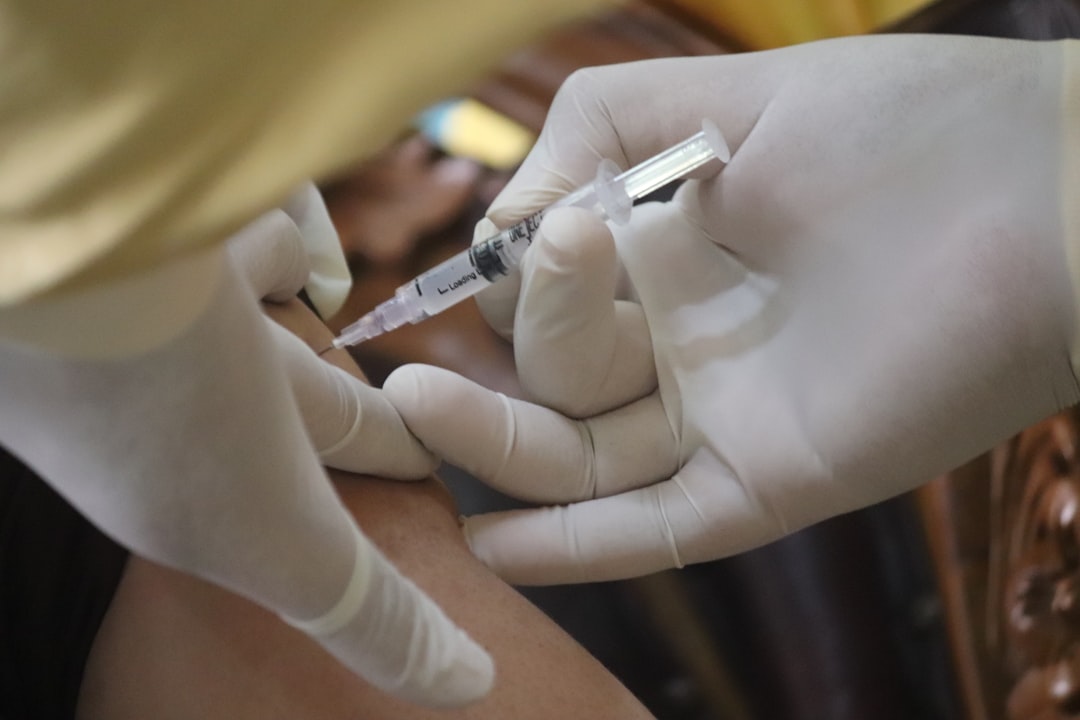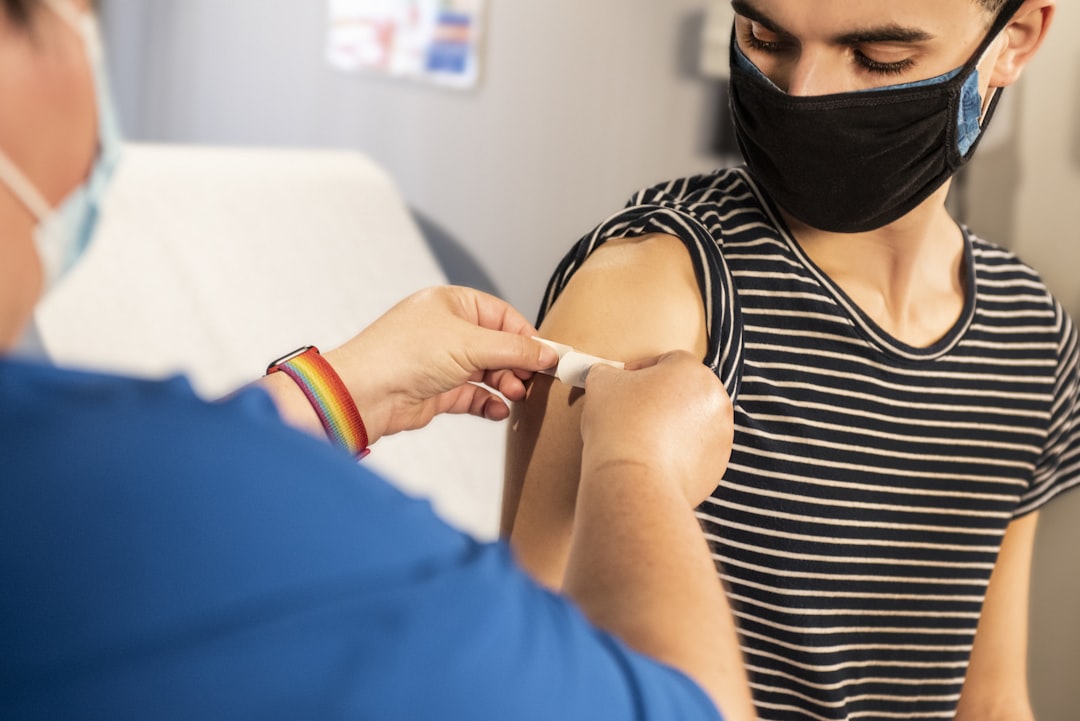Measles Alert: Understanding the West Texas Outbreak and the Urgent Need for Vaccination
Overview of the Measles Outbreak in West Texas
Overview of the Situation
As of early 2025, Gaines County in West Texas has confirmed 14 measles cases, with six additional probable cases. This outbreak primarily affects unvaccinated individuals, mostly children, highlighting the consequences of low vaccination rates. The significant drop in vaccination rates in the area has raised alarms among health officials, who warn that the outbreak may worsen. This situation underscores the importance of maintaining high vaccination coverage to prevent such outbreaks.
 Importance of Vaccination
Importance of Vaccination
 Current Vaccination Rates
Current Vaccination Rates
The measles vaccination rate in Texas has seen a decline, with kindergarten rates dropping from 97% in 2019-20 to 94.3% in 2023-24. In Gaines County specifically, 18% of incoming kindergartners are not vaccinated, contributing significantly to the current outbreak. This trend is exacerbated by an increase in vaccine exemption requests, reflecting growing vaccine hesitancy in the region. Such decreases in vaccination coverage compromise herd immunity, making communities more vulnerable to outbreaks of contagious diseases like measles.
 Measles Vaccination Efficacy
Measles Vaccination Efficacy
The MMR vaccine, which provides protection against measles, mumps, and rubella, is highly effective, offering ≥99% protection with two doses. Health officials emphasize that immediate vaccination is the best prevention method against measles. Vaccination not only protects individuals but also supports community health by maintaining herd immunity, which is crucial for preventing widespread transmission. In communities where vaccination rates are high, the spread of measles can be contained more effectively, protecting even those who cannot be vaccinated due to medical reasons.
Symptoms and Transmission of Measles
Common Symptoms
Measles symptoms typically include high fever, cough, runny nose, watery eyes, and a distinctive rash that begins on the face and spreads [3]. The incubation period for measles is generally between 7 to 21 days, with symptoms appearing on average 10-12 days after exposure. While the symptoms can be severe, complications such as pneumonia, otitis media, and encephalitis are particularly concerning, especially in young children. These complications can lead to hospitalization and, in severe cases, be life-threatening.
Transmission Details
Measles is an extremely contagious disease, spreading through respiratory droplets when an infected person coughs or sneezes. It has a transmission rate of 90% among non-immune individuals in close proximity. An infected person can spread the virus from four days before to four days after the rash appears, making it challenging to control without high vaccination coverage. Schools and other high-density areas are at greater risk, particularly when vaccination rates are low, as seen in the current outbreak in West Texas.
Public Health Response
Measures Implemented
To control the outbreak, clinics have been set up in affected areas for testing and vaccination. The Texas Department of State Health Services is actively monitoring the situation and urging residents to get vaccinated to prevent further spread. Additionally, community outreach programs are being launched to educate the public on the importance of measles vaccination and general measles prevention. These efforts aim to increase awareness and uptake of vaccines, which is essential for curbing the outbreak.
Challenges Faced
Despite these efforts, several challenges persist. Recent changes in CDC data sharing policies have complicated the local response, limiting access to crucial health data. This has made it difficult for health officials to track and manage the outbreak effectively. Furthermore, limited access to healthcare facilities in rural areas, such as parts of West Texas, poses additional hurdles for vaccination efforts and outbreak control. Addressing these challenges is vital for improving public health responses to contagious diseases like measles.
 Historical Context of Measles Outbreaks in the U.S.
Historical Context of Measles Outbreaks in the U.S.
Past Outbreak Trends
Measles was declared eliminated in the U.S. in 2000; however, recent years have seen a resurgence, with cases surpassing the totals of 2023. Many past outbreaks have been linked to imported cases and have primarily affected unvaccinated communities. The U.S. has not met the 95% vaccination coverage goal for the MMR vaccine for four consecutive years, a statistic that has raised concerns among public health officials. These trends highlight the ongoing challenges in maintaining adequate vaccination rates and preventing future outbreaks.
Urgency of Vaccination and Community Health
Ensuring Community Safety
The current outbreak in West Texas underscores the critical need for maintaining high measles vaccination rates to achieve herd immunity. Community leaders and health officials are encouraged to advocate for vaccination to protect public health and prevent future outbreaks. Parents are urged to ensure their children receive the MMR vaccine as recommended. For those seeking vaccination services in West Texas, El Paso Emergency Room offers comprehensive emergency care and vaccination guidance. Visit their website at El Paso Emergency Room for more information on services and locations.



